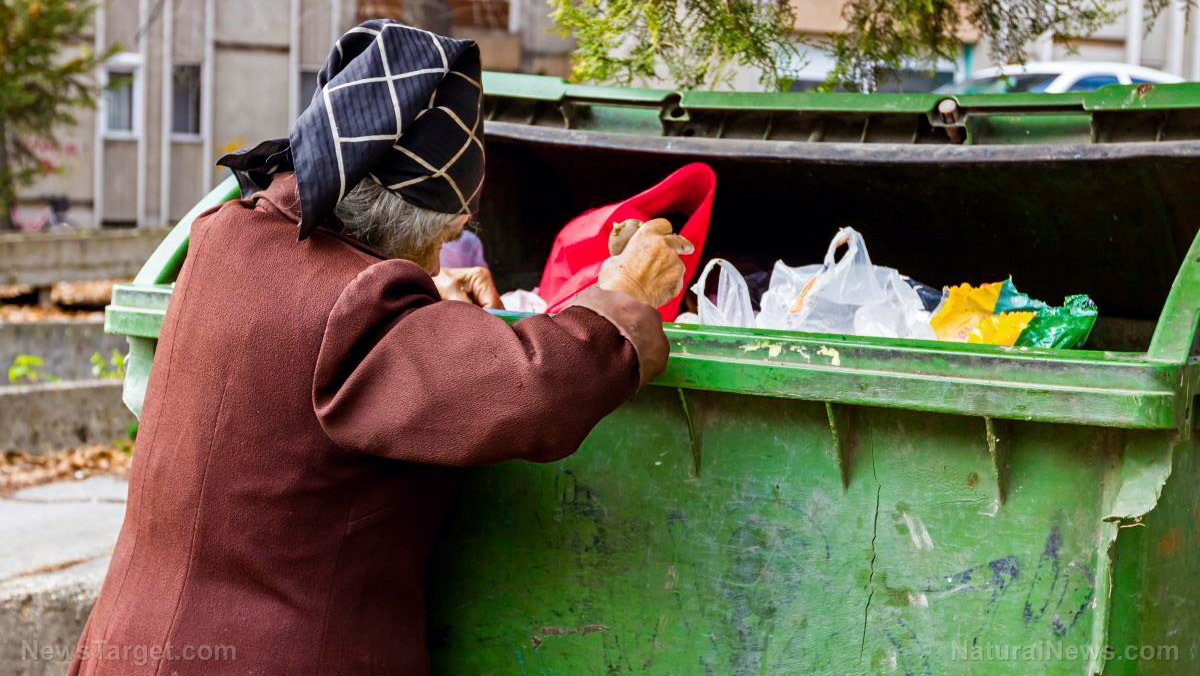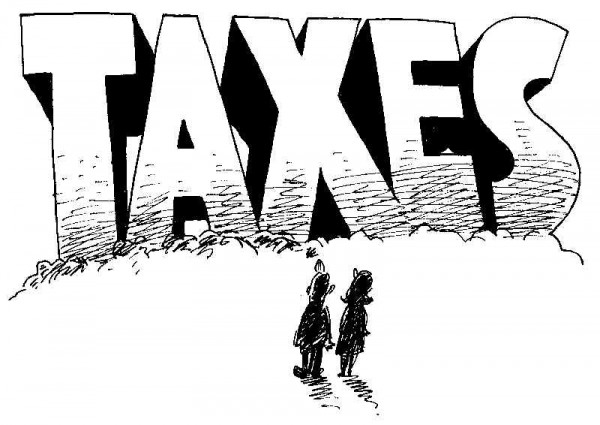Everyone BUT the EPA has to pay for polluting the environment
01/06/2017 / By JD Heyes

When it comes to government regulatory agencies, you are never right and they are never wrong. That is especially true for the Environmental Protection Agency, a bureaucracy that has become weaponized, politically speaking, under Barack Obama.
In August 2015, the Animas River in the southern part of Colorado and northern New Mexico was turned a grotesque shade of yellow-orange after a contracting crew working for the EPA accidentally released some 3 million gallons of toxic water filled with mining byproducts into the water. It was the largest environmental disaster of the year, but thus far it appears as though the agency has managed to shirk its responsibility for the massive spill.
But now, because of the inaction of the Obama administration and the EPA itself, three states and a number of Native American tribes have filed suit in federal court seeking to force the agency to do something it should have done voluntarily: Pay for the clean-up, just like it forces private companies and individuals to do when they pollute.
As reported by Inside Sources and Natural News, the Navajo Tribe filed suit under Federal Tort claims seeking more than $160 million in damages. The tribe’s reservation runs adjacent to the river and suffered when the toxic heavy metals contained in the contaminated water from the Gold King Mine near Silverton, CO., were released during a botched EPA ‘cleanup’ project.
Spending money they don’t have—and can’t get back
“In particular, it has impaired our ability to maintain the cultural, ceremonial and spiritual practices that undergird the Navajo way of life,” said Navajo Nation Attorney General Ethel Branch, in a press release, as cited by the Farmington Daily Times. “Through this claim and our corresponding lawsuit, we are demanding that the U.S. government finally provide the Navajo Nation relief.”
The Navajo Tribe is not alone, by a long shot. It is one of several communities that are seeking relief from the Obama administration to help pay for the costs of cleaning up the EPA’s massive spill and detoxifying drinking water during the period of contamination.
Earlier in December, the agency did agree to pay $4.5 million to state, local and tribal governments to help cover the emergency response costs that were tied to the spill. But agency officials denied some $20.4 million more in additional requests for past and future expenses that would not have been if the spill hadn’t occurred. That decision affected two Native American tribes and more than a dozen state and local agencies.
In recent days a pair of Colorado lawmakers pressured the EPA to pay the remainder of the claims, noting that a piece of legislation passed earlier in the month removed any legal obstacles that the agency cited as reasons for the denial.
But most definitely many of the costs that were denied should certainly have been paid, such as the $250,000 spent by the Navajo Nation to haul in drinking water to replace supplies that had been taken from the San Juan River downstream from the spill. The agency said it would only pay for the transport of water through early September 2015, just a few weeks after the spill, arguing by then that water was no longer contaminated.
Why does it take a lawsuit to get the EPA to do the right thing?
In addition, Inside Sources reported, the agency has refused any and all expenses incurred after October 31, 2015, when it shuttered its incident command center. Nevertheless, area communities argue that cleanup costs and observational testing continued beyond that date.
Besides, the cleanup and treatment of water are just a sample of what it costs to mitigate such spills. The potentially harmful yellow waters halted watersports of all kinds and most tourism to the area, robbing communities of revenue. And as cities in the area, like Durango, CO., stopped pumping drinking water from the river, residential wells nearby suffered contamination as well. In a bid to stop the contamination from spreading even further, area farmers stopped using river water for irrigation of crops.
None of those lost revenues have been paid by the EPA.
What is so maddening about all of this is that when individuals or small businesses or corporations screw up and harm the environment—or just violate some inane agency rule—the EPA is all over them like a cheap suit. But when the agency is at fault and should make good on its mistake, it takes an expensive series of lawsuits just to be compensated for monies that communities and companies would not have spent, were it not for the EPA’s malpractice.
Maybe that will all change under President Trump.
J.D. Heyes is a senior writer for Natural News and News Target, as well as editor of The National Sentinel.
Sources:
Tagged Under: EPA, Gold King Mine, lawsuit




















